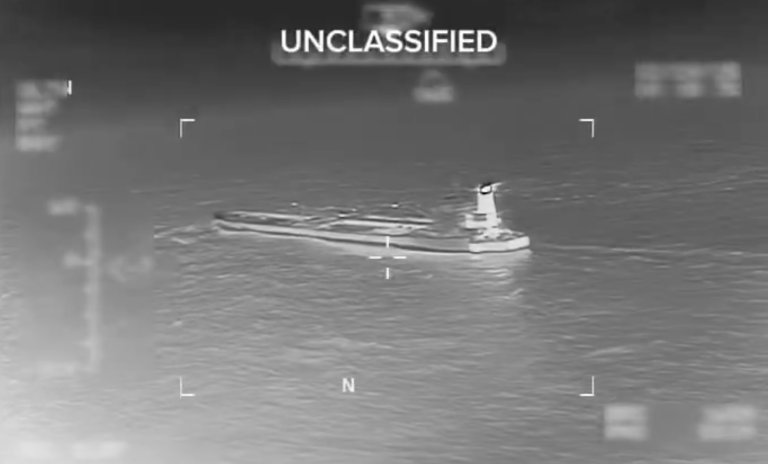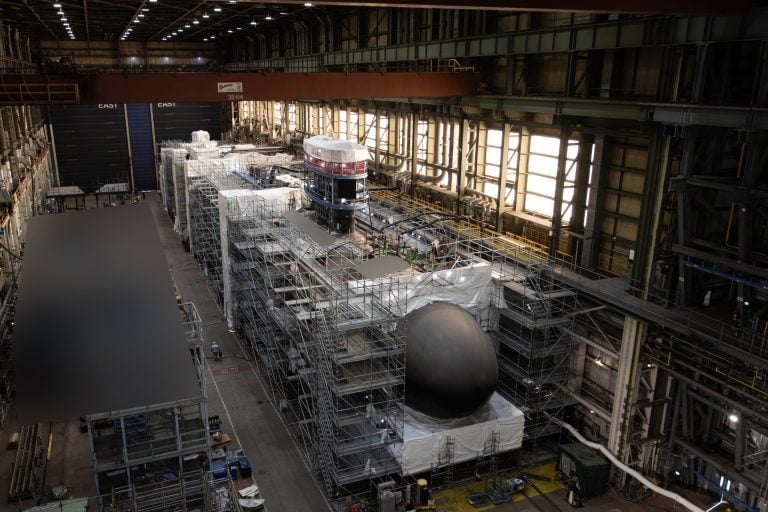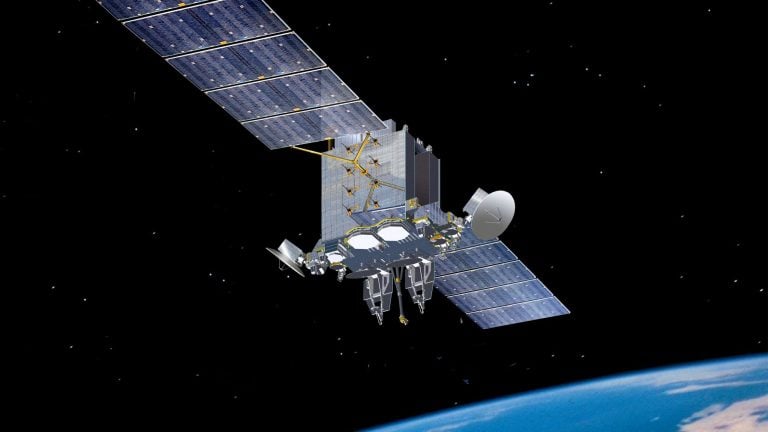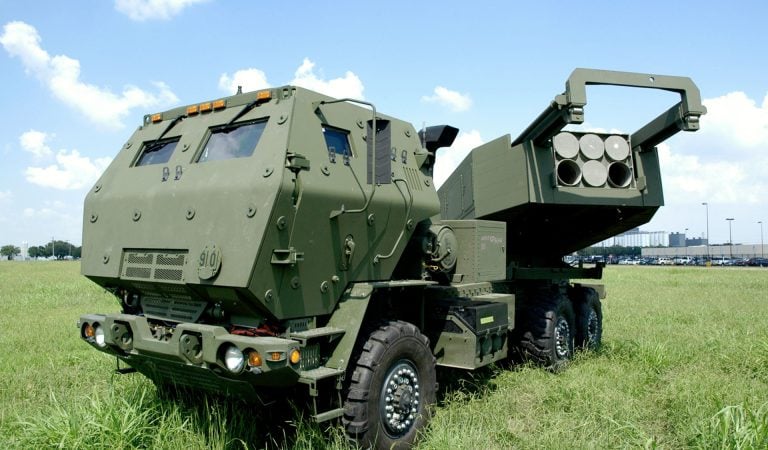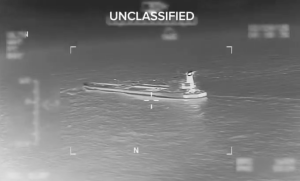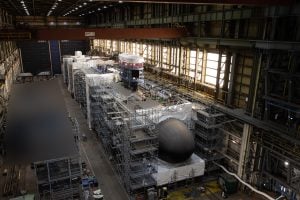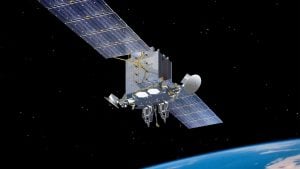The Royal Navy is set to revolutionize its operational capabilities with the planned acquisition of a fleet of 20 uncrewed surface vessels. This initiative is part of a larger strategy to create a hybrid force that seamlessly integrates both manned and unmanned platforms.
Known as Project Beehive, the program will begin by acquiring vessels at Technology Readiness Level 4/5, with a commitment to advancing their capabilities through a process of iterative spiral development. This approach is designed to cultivate an adaptable platform that can undergo future upgrades, thereby maintaining its operational relevance against emerging peer threats.
The vessels will function as testbeds for prototyping and evaluating new technologies, allowing the Royal Navy to gather crucial operational experience and insights. Most of the project activities are slated to occur in the southern and southwestern parts of the UK, facilitated by a contract estimated at approximately £10 million (about $13 million).
Funding for this project will be partially sourced from the UK Defence Innovation Organisation, as outlined in a preliminary market engagement notice by the Ministry of Defence. However, it is noted that the allocation is contingent upon internal approvals, and while the authority is moving forward with the participation phase, a tender will not be issued until funding is secured and approved.
The announcement of this project arrives on the heels of a demonstration wherein five remotely piloted uncrewed boats effectively escorted a Royal Navy warship off the coast of Scotland. These Rattler rigid inflatable boats, controlled from a distance of 500 miles (805 kilometers), were equipped with autonomy packages alongside various supporting systems and services. This demonstration underscores the Royal Navy’s commitment to transitioning towards a fleet that incorporates crewed, uncrewed, and autonomous systems.
In addition to the uncrewed surface vessels, the Royal Navy aims to introduce uncrewed escort vessels that will work in tandem with new submarines and Type 26 frigates in the North Atlantic. These vessels are expected to conduct independent operations for detecting, tracking, and engaging adversaries.
Furthermore, the Royal Navy envisions the deployment of hybrid air wings aboard its Queen Elizabeth-class aircraft carriers, marking a significant leap in capability. Plans are underway for the first jet-powered drone to be launched from a carrier next year.
First Sea Lord General Gwyn Jenkins has expressed strong intentions regarding the timeline for the uncrewed escort vessels. “If this sounds fanciful, it is not. My aim is to have the first of our uncrewed escort ships sailing alongside our Royal Navy warships within the next two years,” he stated. He emphasized the necessity for innovative approaches to enhance and diversify the fleet, expediting the development of new capabilities and technologies to ensure operational effectiveness in future conflict scenarios.



